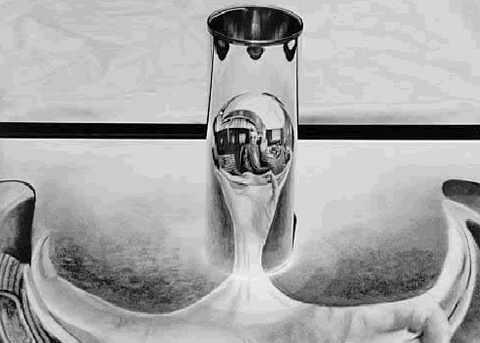
The vortex tube is a bit of a magic trick: When a stream of compressed gas is injected into the chamber, it accelerates to a high rate of rotation and moves toward the nozzle on the right. Because of the nozzle’s shape, though, only the quickly rotating outer shell of this gas can escape; the rest moves back through the center of the vortex and escapes through the opening on the left.
The result, perplexingly, is that even though the tube has no moving parts, it emits hot air (up to 200°C) on the right and cold air (down to -50° C) on the left.
Could this principle be used to air-condition a home or vehicle? “That’s what everyone thinks when they first hear about it,” engineer Leslie Inglis told Popular Science in 1976. “I always tell them that they wouldn’t buy a toaster for the kitchen if they had to buy the generator to produce the electricity. You’ve got to think of this as a compressed-air appliance.”












